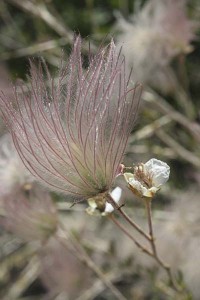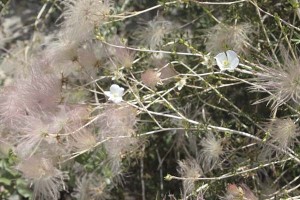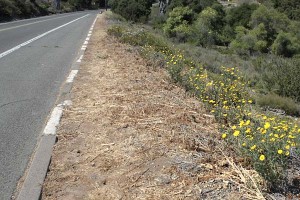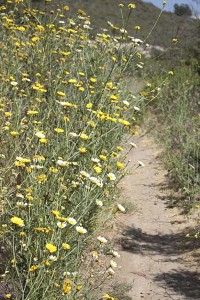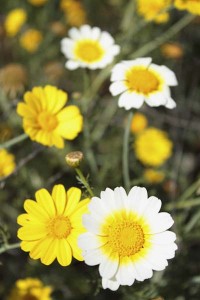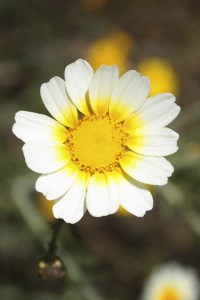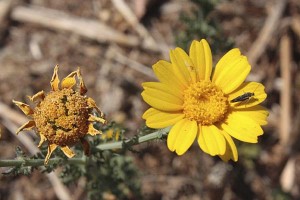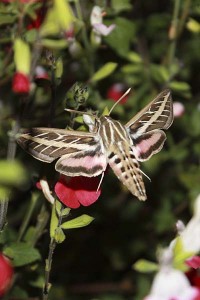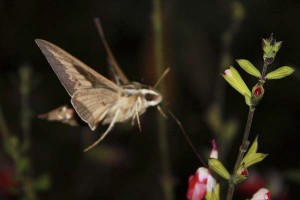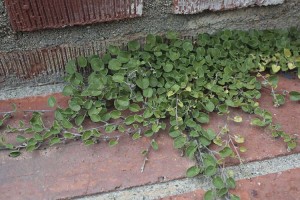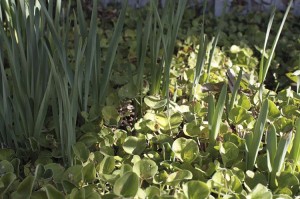So many interesting plants, so little time and space to grow them. My current plant obsession is the American pitcher plant genus, Sarracenia. I’m not alone in my obsession. Brooks Garcia even has a firm dedicated to the genus which bears the name Sarracenia Obsessed. It’s hard to explain what causes a personal obsession but let me try.
The plants of this genus of eight to eleven species all have evolved modified leaves that form tubes that attract and capture prey. A fly or an ant and goes for the nectar that the plant offers at the tip of the pitcher, and every few of the unfortunates slips on the slippery surface and is directed down farther into the tube by downward-pointing hairs on the inside of the leaf. Many of the species have a tube filled with digestive enzymes that await any creature that makes it to the bottom of the tube. The insect eventually drowns, and is digested by the plant. Dinner.
Evolutionary biology has devised a number of unpleasant ways its creatures can meet their ends. Being lured into a nectar-bated trap, then directed by needle-sharp hairs towards a nasty fluid that will start to eat you while you’re still a little bit alive sounds like one of the more gruesome exits to make. (I’ll never complain about another grueling dinner party again…)
There are people who grow these plants where all this carnivorous unpleasantness is the main attraction. A lot of these enthusiasts are men. Are carnivorous plants a guy-thing? All this eat-or-be-eaten machismo, Rambo nonsense, I wonder? But I guess I’m a little defective as a guy—I love to cook and I watch Project Runway for godsakes—and what really attracts me to these is how seriously gorgeous and interesting these plants are.
Take the case of the yellow pitcher plant, Sarracenia flava. This species features an extended upright tube (back to that guy thing again, sorry) that’s capped by an attractive lid that hovers over the opening. These plants live in bogs in lands of many rains, so the lid helps keep rainwater from diluting the nasty fluid inside the tube. The basic structure carries from one form of the species to the other, but subtle variations in shape and extreme ones in coloration could keep a collector occupied for decades.
In my little collection I have several of the colored variations that have been described. The pitchers look best in the spring and are a little ragged this time of year. But you can get a basic idea of some of the differences between plants of this species.

Sarracenia flava var. maxima sits at one end of the spectrum, color-wise. The leaves are all a clean greenish yellow color—leaf color—with the only pigment being little patches of reddish coloration at the growing point of the rhizome.

S. flava var. flava takes the basic pitcher background color of var. maxima and adds some striping to the leaves. This is a version of this variety with an extra-wide maw.
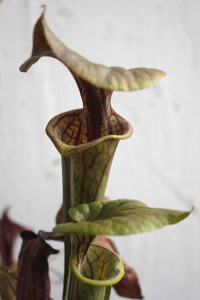
S. flava var. cuprea is also called the “copper top” variety. The back of the lid can have a light bronze to dark chocolate coloration. Sometimes the color stays for the life of the pitcher, sometimes it fades to green. In prolonged full-sun conditions this plant can have a wonderful dark chocolate top, plus some of the heavy veining you’d find in some of the more heavily colored varieties.
Beyond these, there’s a var. rugelli, which has all-green coloration accented with a maroon bloth in the throat, var. rubricorpa, the “red tube” which has a red body topped with a veined hood, and var. atropurpurea, which has such a heavy suffusion of red that the entire tube looks that color.
And that’s only one species. There are seven to ten others, depending on the taxonomist you’re talking to, with each of the others presenting their own interesting variations on the bug-eating pitcher theme. And all of these species can interbreed, leading to huge numbers of hybrids. Check out all the Sarracenia photos of species and hybrids at The Carnivorous Plant Photo Finder. You may end up spending hours at this one site alone and never find a way out of this obsession.






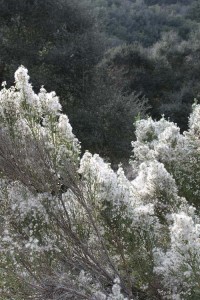
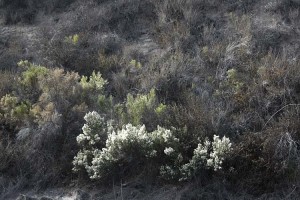
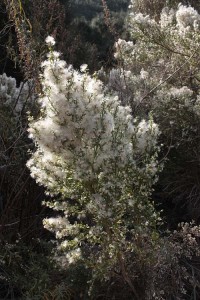
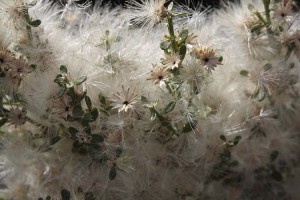
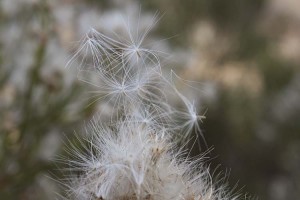
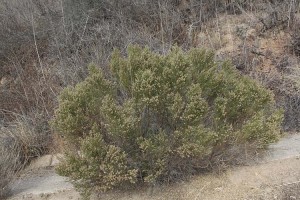
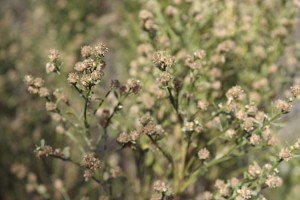

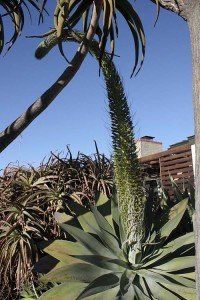

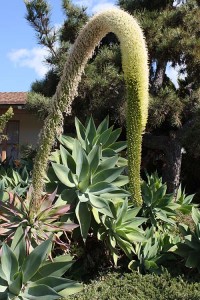



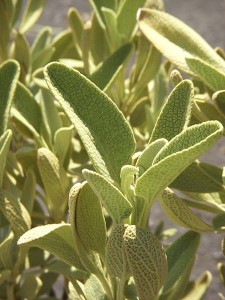
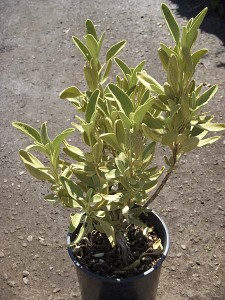
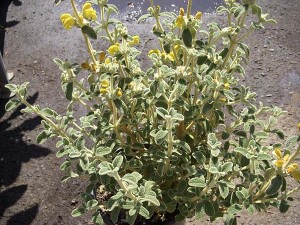
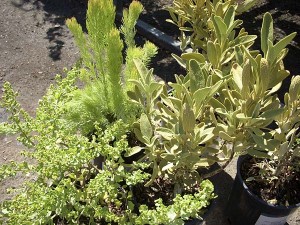
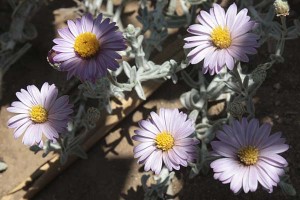

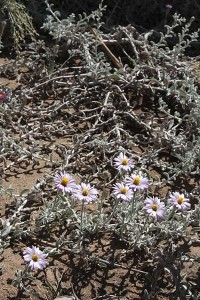
 A plant that was a big hit with many of the bloggers who made it to Chicago for the recent Garden Bloggers Spring Fling was prairie smoke, Geum trifolium. I didn’t make it to Chicago, and I’ve never seen prairie smoke in person. But it looked like I’d have been as struck with it as all the bloggers who witnessed its terrific puffball seedheads in real life.
A plant that was a big hit with many of the bloggers who made it to Chicago for the recent Garden Bloggers Spring Fling was prairie smoke, Geum trifolium. I didn’t make it to Chicago, and I’ve never seen prairie smoke in person. But it looked like I’d have been as struck with it as all the bloggers who witnessed its terrific puffball seedheads in real life.